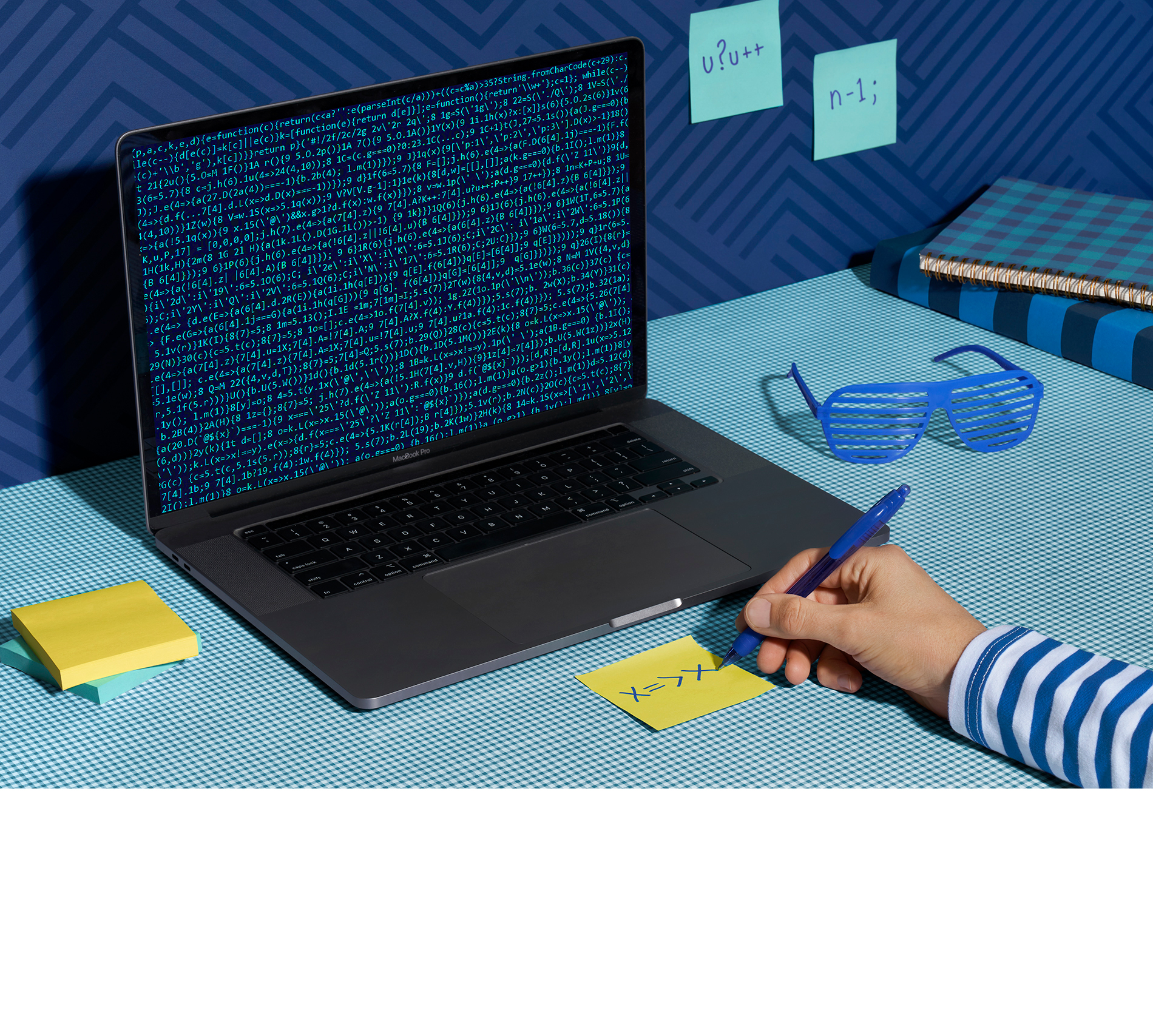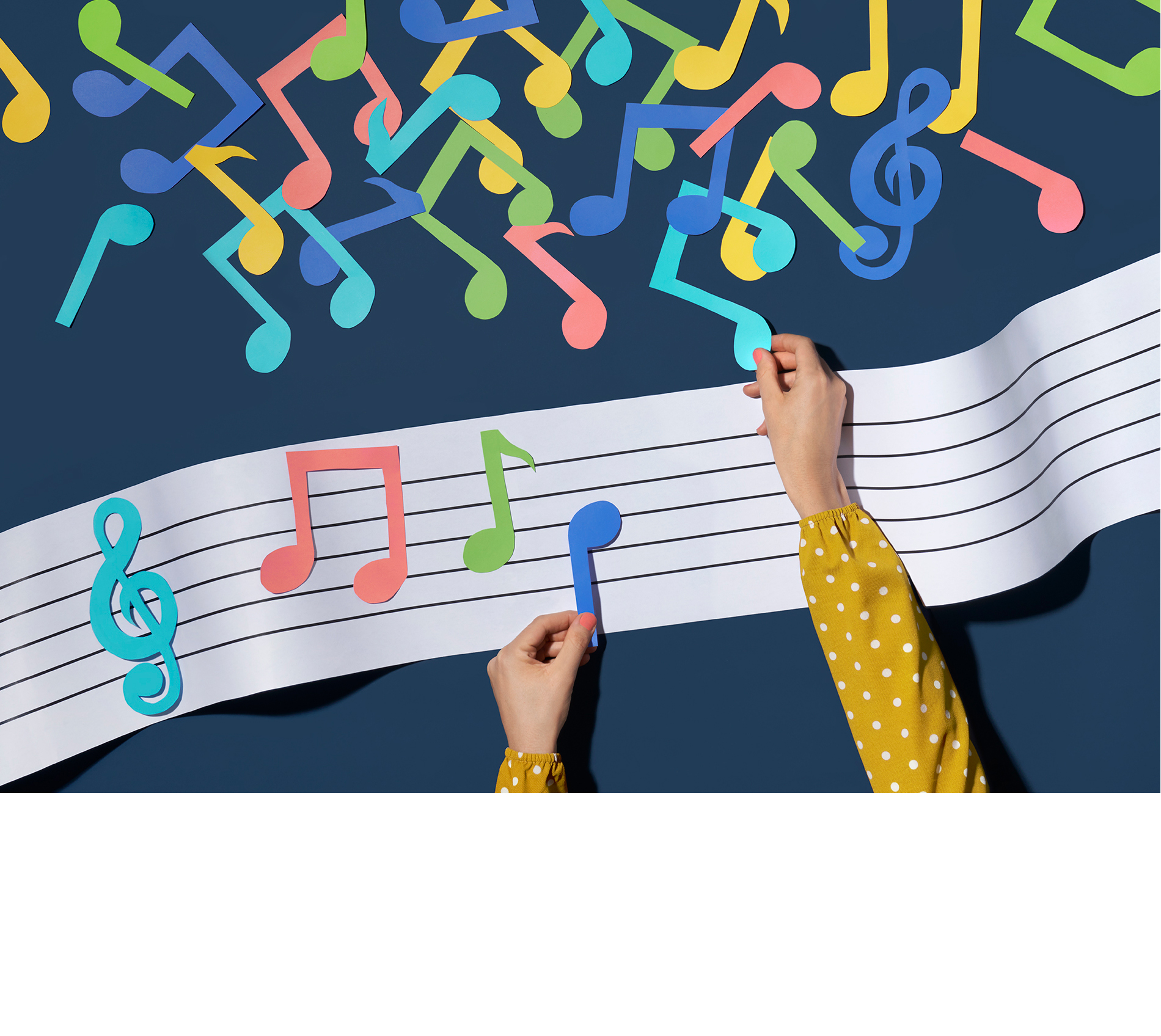A
t 21, Dawn Prince-Hughes was homeless and destitute when she found her calling — at a zoo in Seattle, Washington. It was 1985. Prince-Hughes had fled to Seattle from rural Montana, where she had feared for her life after coming out as gay. She did not yet know she was autistic — she would be diagnosed with autism about 15 years later — but she knew she had trouble making friends. “I had failed miserably trying to connect with human beings,” she says. “They do not make sense to me.”One morning, pining for nature, Prince-Hughes visited Seattle’s Woodland Park Zoo. Wandering around the enclosures, she turned a corner and saw the gorillas. “It was just an instantaneous recognition,” she says. She felt she understood them almost right away. “It was really clear to me that they were used to communicating through silence and movement, which I considered my first language, too.” She began visiting the animals every day, all day, to observe their behavior. If a staff member walked by, she pumped the employee for information. Away from the zoo, she read and watched everything she could find about gorillas. Eventually, the zoo enlisted her as a volunteer and later hired her as an assistant animal steward, caring for the animals.
Prince-Hughes worked her way through college and then graduate school, earning a Ph.D. in interdisciplinary anthropology. In the early 2000s, she authored two books on gorillas, one with a foreword by Jane Goodall. Prince-Hughes credits being on the spectrum for her ability to draw novel conclusions about gorillas and to see them in ways others do not. She is not alone. Evidence is building that autism often brings with it a number of strengths. For Prince-Hughes, those include heightened powers of observation, a laser-like focus and an intuition about animals. “It is true and scientifically proven that subgroups of autistic individuals have abilities that are better than non-autistic individuals,” says neuropsychologist Isabelle Soulières of the University of Quebec at Montreal in Canada.
It has long been known that some autistic people, called autistic savants, show extreme talents often along with significant challenges. They may have a spectacular memory or extraordinary gifts in music or art. But the recognition of autistic strengths is not limited to savants, who are relatively rare. Rather, certain subtler strengths seem to systematically accompany the condition.
Autistic people have recognized strengths in themselves for decades. Writing about the founding of Autism Network International in 1992, an advocacy organization run by and for autistic people, autism activist Jim Sinclair noted that they and others all “recognized abilities and strengths in many autistic people,” including those “who just didn’t happen to share our skills using language.”
For decades, however, the mainstream scientific community overlooked or even dismissed the idea of unusual abilities in autism. Even when they showed up in studies, researchers often cast them as deficits. Such distortions are costly for science: Glossing over or misinterpreting autistic strengths distorts scientific understanding of autism, Soulières says. It may also lead doctors, teachers and others to pathologize and try to suppress useful traits in people with autism.
Science is starting to catch up with the early observations of autistic people’s strengths. A growing number of researchers argue that many, possibly even most, autistic people show certain advantages, such as an unusual ability to pay attention to visual and auditory information, directness or a strong moral compass. “This is not just about the stereotypical strength of being a savant with one skill at a very, very high level,” says Kate Cooper, a research fellow and clinical psychologist at the University of Bath in the United Kingdom. “We now know that the average person with autism, with average characteristics of autism, has strengths.”
Although those strengths might not be dramatic or showy, they set some autistic people apart from their non-autistic peers and may give them a facility for certain types of work. Some of these traits have fueled the success of autistic notables such as animal science professor Temple Grandin, environmental activist Greta Thunberg and naturalist Chris Packham. And they show up across the spectrum, among people of varying age, gender, intelligence and verbal ability. “It is essential to recognize that ‘autistic strengths’ are not dependent on verbal ability, IQ scores or so on, and in fact some may be more common in autistic people with more language difficulties, for example,” says Steven Kapp, lecturer in psychology at the University of Portsmouth in the U.K.
Which assets show up most often in autistic people is still an open question. But enhanced visual and auditory perception are likely to be among them. The results supporting this perceptual acuity have been replicated across labs, countries and age ranges, says Natalie Russo, a psychologist at Syracuse University in New York. “Overall, I would say the data are very compelling.” Skills that fall under the audio-visual umbrella include musical abilities and an eye for detail. According to one study, up to 11 percent of autistic people have perfect pitch, for example, compared with 0.0001 percent of non-autistic people.
In some autistic people, enhanced perceptual skills may combine with an unusual ability to process large amounts of information and detect patterns in, say, a series of numbers or musical notes, Soulières says. One theory is that perceptual brain regions are repurposed to serve cognitive functions that underlie this pattern-recognition ability. Other studies point to positive personality traits — honesty, loyalty and reliability — though these data are largely anecdotal.
The field is still young, as most of the studies supporting even the best-documented strengths are small, and variations in their methodology make it hard to compare their results. The diversity of autism also makes pinning down autistic strengths a challenge, as every person with autism will not have the same suite of strengths. “There are things that are roughly true for many [autistic people] but are never true for all of them,” says Laurent Mottron, professor of psychiatry at the University of Montreal. Rather, the vast array of potential strengths may crop up in different combinations across different subsets of autistic people. “We’re always talking about subgroups, and it’s not always the same subgroup who has all these strengths,” Soulières says. Refining the subgroups is an active area of investigation, as is designing larger studies.
The diversity of strengths may benefit society, says Maithilee Kunda, a computer scientist at Vanderbilt University in Nashville, Tennessee, who studies autism. “As we go forward and humanity is facing all of these crises, we need all of our creatives,” Kunda says. “We don’t want people who are all the same trying to come up with solutions to problems.”








